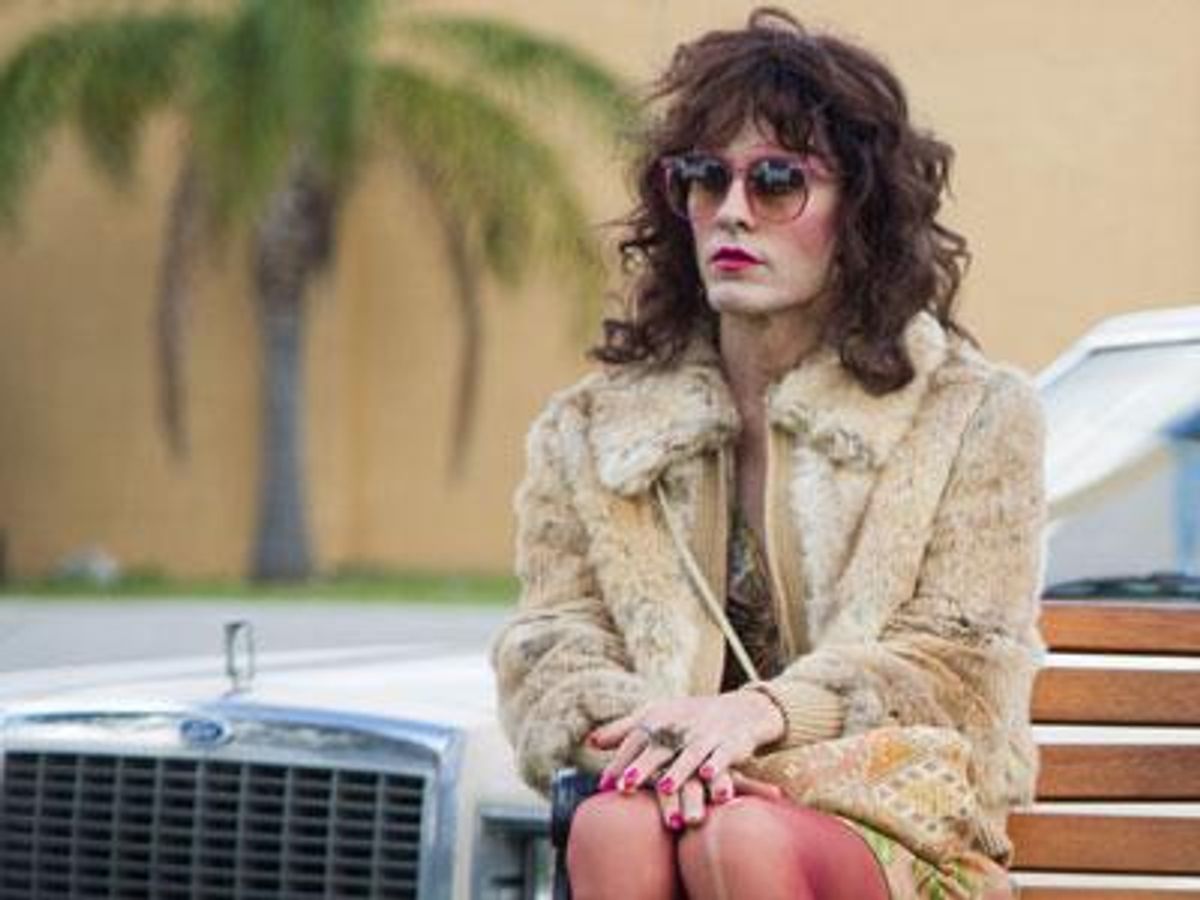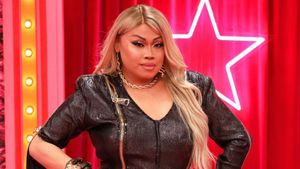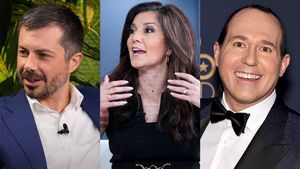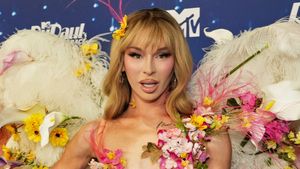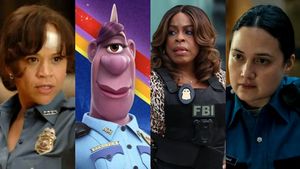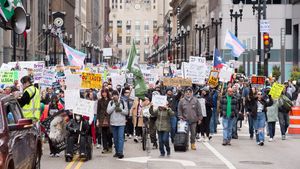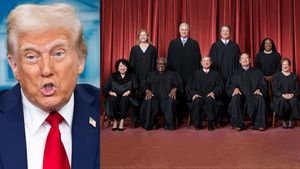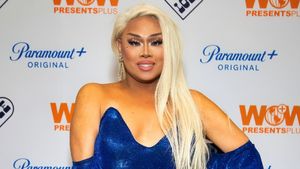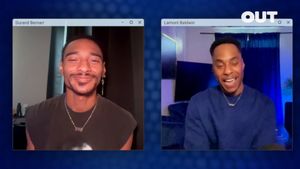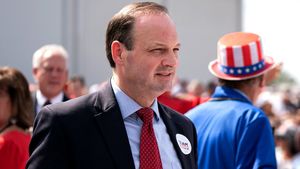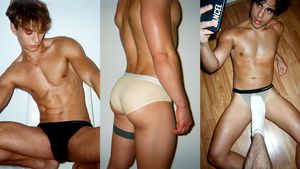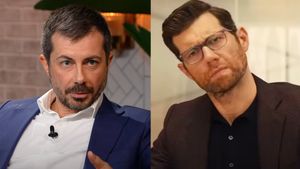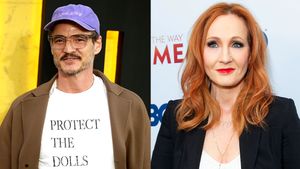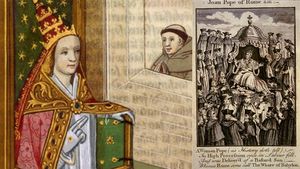There’s a moment in Dallas Buyers Club when actor Jared Leto slips quietly away. Instead a transgender woman named Rayon is in a hospital room, pulling back Jennifer Garner’s hair like teenage girlfriends do, especially girlfriends who’ve known each other since middle school and one is now dying of AIDS. It happens so early in the film that you forget until the credits roll that this is Jared Leto, the front man for the rock band Thirty Seconds to Mars, the guy who first entered the public consciousness playing hunky high schooler Jordan Catalano in the ’90s TV drama My So-Called Life opposite current Homeland star Claire Danes. While he was beautiful and talented, with amazing eyes and outstanding pecs, there was little in his performance as Jordan to prepare viewers for the career that would follow.
A “food-stamp poor” kid from Louisiana, Leto had been in Los Angeles only two years when he got the gig on My So-Called Life, and he followed it with a series of film roles that required transformation and total immersion, from Olympic athlete Steve Prefontaine in 1997’s Prefontaine (which got the actor running) to an emaciated heroin addict in 2000’s Requiem for a Dream (which required weight loss) to John Lennon’s killer, Mark David Chapman, in Chapter 27, a role for which he gained 67 pounds, causing him to develop gout and need a wheelchair to cover long distances.
But no role has been as immersive as that of Rayon, a transgender woman in 1980s Texas whose relationship with the once-transphobic main character, Ron Woodroof, is essentially the heart of Dallas Buyers Club. For the role, Leto dropped to 116 pounds, almost skeletal proportions, to play a woman whose body is under siege not just from AIDS but also from drug addiction.
The other investment Leto made was to get into character as Rayon before he even got the role. Director Jean-Marc Vallée says he “never met Jared Leto. I met Rayon; I don’t know Leto. Jared never showed me Jared. During our first meeting he was Rayon, and he tried to seduce me. He was so into the character and had dressed as Rayon.”
Leto stayed in character throughout the film, something that impressed his colleagues, including Woodroof portrayer Matthew McConaughey, who says, “Some people may have been put off with Jared’s ideal of being in character the entire time. Well, too bad, it was good for him and it was good for me; it would have been easy for an actor to caricaturize in this role, but Jared kept Rayon grounded in her eccentricities. Jared went for ‘human,’ and that made him so much easier to act with and more truthful.”
We met with the actor turned rock star (Thirty Seconds to Mars has sold more than 5 million albums so far) to talk about the film, watching his roommate die of AIDS, and the reaction Dallas Buyers Club is getting in theaters.

At the film's premier in Los Angeles, Leto is flanked by his two co-stars, Jennifer Garner and Matthew McConaughey
Dallas Buyers Club is a remarkably moving film. I love the film, from beginning to end. What about this film drew you back to acting?
Well, I fell in love with the character, first off. And, you know, it was a combination of elements. It was Matthew, who’s doing some really wonderful work in his career right now, with the director, Jean-Marc, who’s terrific. And this is a really special story. I felt like there were too many things that I couldn’t say no to.
I remember living through those early days of AIDS, when people were going straight from diagnosis to death in days or weeks. You’re just a few years younger than me, so I’m wondering when you were first aware of HIV and AIDS.
Actually, when I first moved to L.A., I had a roommate in his 40s who was dying of AIDS and I watched week after week as he withered away, sores started to appear on his body, as he got skin cancer. I remember walking to the grocery store with him or to get lunch, and he would get a bunch of vegetables and put them in a blender in an attempt to stay healthy. He was wonderful and charming and funny and had a lot grace in such a challenging moment. So that left a big impact on me. My first agent, actually, also passed away, died of AIDS. So yeah, it was a death sentence at the time. I do remember it very clearly.
I’ve talked with a number of leaders from organizations like Gay Men’s Health Crisis and some HIV-positive gay men who got an advance screening of the film this week, and almost everyone that I’ve talked with has just been blown away by it. Is it more important to you to hear that kind of thing or to hear the critics talking about your possible Oscar nominations?
It’s absolutely incredible to hear that the film connects so deeply with people who have a very, very personal connection to this story, people who have had their own challenges or lost loved ones. I mean, that’s an absolutely mind-blowing thing to hear. And as we’ve done the screenings, people sometimes stand up and they don’t even feel compelled to ask a question, they just want to share a little bit about their experience. I think that’s the power of film. Film can change us. It can either show us a side of life we’ve never seen before or remind us of where we’ve come from, and that’s a really beautiful thing when it happens in that way.
HIV does not have to be a death sentence anymore, but new infections are still surging in many communities, particularly among young people. Do you think films like this can help change that?
Well, I think it’s a great conversation to have. Certainly, a film isn’t going to solve things out there, but it’s a great conversation to put into the culture, and this is an interesting film because it talks about a story that is close to so many of us, that really hasn’t been told before. So I think it shines a light both for the people that were there and for the people that weren’t, and that’s a really good thing.
You and Matthew both went through huge physical transformations for this film. Was it easier that you were both dropping so much weight at the same time?
I don’t know. We didn’t talk about weight; we didn’t talk about any of that. I really just communicated with Matthew and with Jennifer through, through the character. So I wasn’t really sharing that so much, but it was wonderful to work with Matthew — he’s incredibly committed and focused, and he was just a great partner.

Leto and Claire Danes in My So-Called Life
Jean-Marc has said that he didn’t actually meet Jared until the film was finished — at your first meeting you were in your character as Rayon already, and you stayed in character all the way through filming. Why was it important to go that route?
Well, I thought it was important to go that route because of the nature of the character itself. It was such a colorful and challenging role that I needed to stay as focused and committed as possible. I mean, my job was really to contribute and to be of service to the story and the other actors, and I felt in order to do that I needed to stay as close to Rayon as I could.
I love that Rayon is a woman who had clearly faced a lot of heavy issues in her life already. She remains flawed, there’s no happy Hollywood ending, yet she’s very much the heart of the story. How did you get into the role? Were you inspired by trans women in real life? Was there method acting here?
Well, look, yeah, I mean, it’s a combination of all of that. When I read this script I thought here was an opportunity to bring to life a real person. I think, typically, this type of role is usually only treated as comedic relief, you don’t get to know a real person there. I’ve had my own experiences that I think led me to see this role as someone who wanted to live their life as a woman — as a transgender person, not as a drag queen, as a transvestite, or someone who just enjoys putting on women’s clothing. And I think it was a key distinction to make early on in the process. I think another actor may have looked at it, seen it, and saw a different character, but, you know, when I was on the road touring, about six months before the film, before I read the script, I had an interesting experience and met some transgender people on the road, and it left a mark. We had really interesting interactions and conversation, and you know, that was a really important thing to have happened, to really inform, I think, my process quite a bit.
What about meeting them was so impactful for you?
Well, they were young people that were involved in, I guess they were in the midst of transitioning and discovery, and, you know, I had met this one kid named Daniel, I think it was in Kentucky. I met him and a friend of his at the mall, and I was meeting their mom too, and brought them along with 30 other people I met at the mall to the show that night. And I was doing a series of interviews at the time of people all around the world for a documentary about life on the road. But I met this kid Daniel and interviewed him and didn’t get a great interview, and as I said goodbye I went to give him a hug and felt there was a bandage wrapped around his body, his chest. So as I walked out I said to my camera guy, “Go grab the mom.” And the mom walks back in, and I said, “So, Daniel” [he pauses] and she said “Yes,” and tears were running down her face, and she said he’d been living as a boy for the past nine months. She said, “I don’t know what to do, but I want to be supportive.” And I said, “Bring Daniel back in.” And we had this incredible interview, very personal and revealing. It ended up happening again a few weeks later when I met another transgender young person. Those experiences, I think, help me understand that Rayon was — maybe if she lived in a different time, she would have had a greater understanding of her circumstances and situation. But I saw her clearly as a person who identified and wanted to live her life as a woman.
